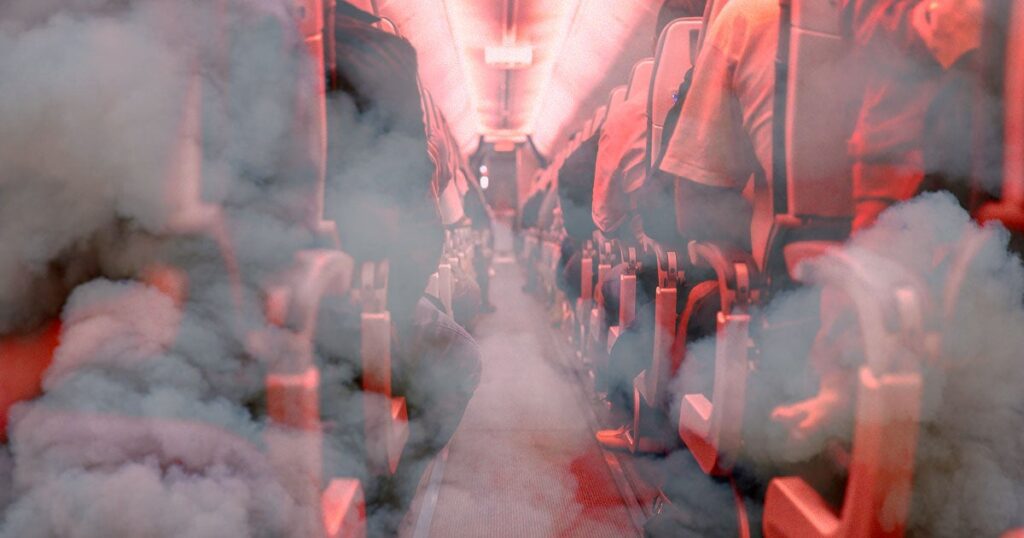The article highlights a growing health crisis in commercial aviation, where passengers and flight attendants are increasingly exposed to harmful smoke due to aircraft malfunctions. This situation can lead to serious health issues, including traumatic brain damage akin to concussions in sports. Incidents have resulted in emergency landings, and even pilots report impaired reaction times and vision.
Airbus and Boeing have long been aware that oil and hydraulic fluid malfunctions can create neurotoxins that contaminate cabin air. Despite this, manufacturers are accused of cutting costs and downplaying health risks, while lobbying against necessary safety improvements. Many incidents occur when worn bearing seals allow oil to mix with cabin air.
A recent investigation found a significant underreporting of such “fume events,” with over 330 incidents logged in the U.S. last year, and experts predict the real numbers are much higher. Health problems from exposure range from migraines to central nervous system damage, yet manufacturers have not implemented effective changes, despite previous recognition of these risks by the UN.
A bipartisan bill calling for advanced safety measures has faced industry pushback. Although some newer aircraft, like Boeing’s 787 Dreamliner, feature improved air circulation systems, the article suggests that manufacturers could prioritize these solutions if they chose to do so.
Source link


